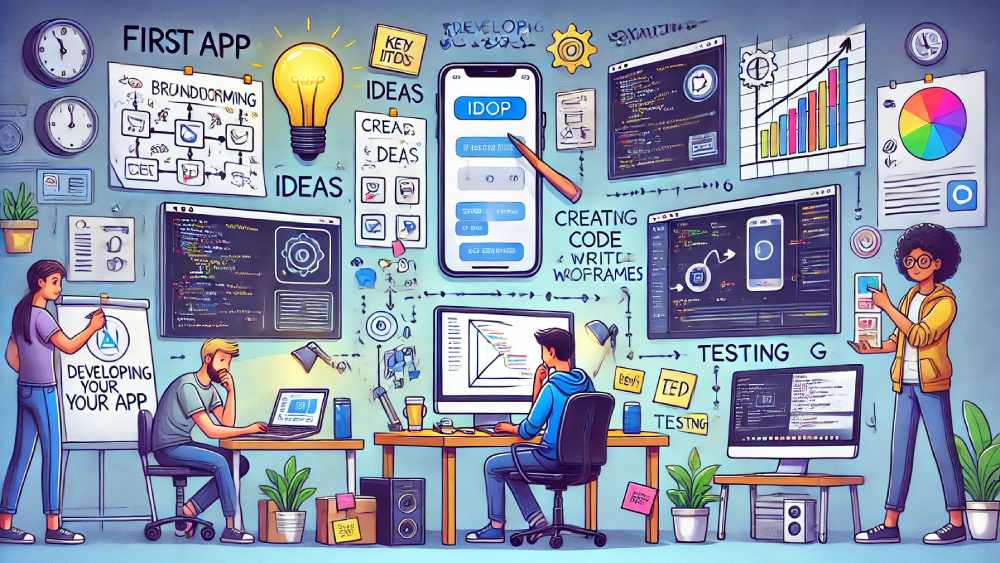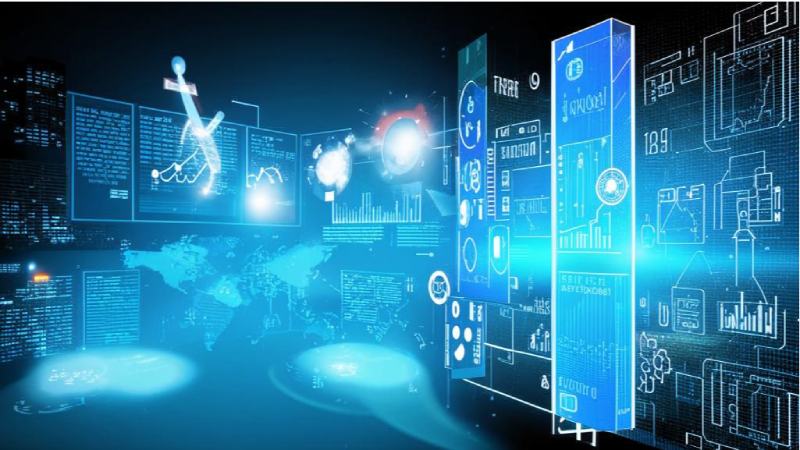Program vs. Software – What’s the Difference?
In the realm of computing, the terms “program” and “software” are often used interchangeably, leading to confusion for many. While they are closely related, they represent distinct concepts within the vast landscape of technology. Understanding their differences is crucial for anyone navigating the world of computers, from seasoned developers to curious beginners.
Defining the Terms
Let’s start by defining each term:
1. Program: A program, also known as a computer program or application, refers to a set of instructions written in a specific programming language that tells a computer what tasks to perform. These instructions are crafted by software developers to accomplish various functions, ranging from simple calculations to complex data processing.
2. Software: Software is a broader term encompassing programs, data, and documentation associated with the operation of a computer system. It includes not only the executable programs but also libraries, drivers, operating systems, and other tools that enable the functionality of hardware and provide a platform for running programs.
Distinguishing Characteristics
Now that we have a basic understanding of the terms, let’s explore their key differences:
1. Scope:
- Program: A program typically refers to a single executable file or a set of files that perform a specific task or set of tasks. It is focused on achieving a particular function or solving a specific problem.
- Software: Software encompasses a broader range of components that work together to enable the operation of a computer system. This includes programs, along with libraries, utilities, and other supporting elements necessary for computing tasks.
2. Composition:
- Program: A program is composed of lines of code written in a programming language such as Python, Java, C++, or JavaScript. These lines of code are organized into functions, classes, and modules to create a coherent set of instructions.
- Software: Software includes not only the executable programs but also non-executable elements such as configuration files, documentation, multimedia resources, and data files. It encompasses everything required to install, operate, and maintain a computing system.
3. Purpose:
- Program: Programs are designed to accomplish specific tasks or fulfill particular user needs. For example, a word processor program is created to facilitate writing and editing documents, while a web browser program enables users to browse the internet.
- Software: Software serves as a platform for running programs and managing the resources of a computer system. It provides an environment where programs can execute and interact with users and other software components.
4. Examples:
- Program: Examples of programs include Microsoft Word, Adobe Photoshop, Google Chrome, and video games like Minecraft. Each of these programs serves a distinct purpose and provides unique functionality.
- Software: Examples of software encompass operating systems like Windows, macOS, and Linux, as well as development tools like compilers, debuggers, and integrated development environments (IDEs). These software packages provide the infrastructure and tools necessary for creating, running, and managing programs.
Conclusion
In conclusion, while the terms “program” and “software” are closely related, they represent different aspects of the computing landscape. A program refers to a specific set of instructions designed to accomplish a particular task, while software encompasses a broader range of components that enable the operation of a computer system. By understanding the distinctions between these terms, individuals can navigate the world of computing with greater clarity and confidence. Whether you’re a developer crafting a new program or a user exploring the capabilities of different software packages, recognizing the nuances between programs and software is essential for harnessing the full potential of technology.



Post Comment